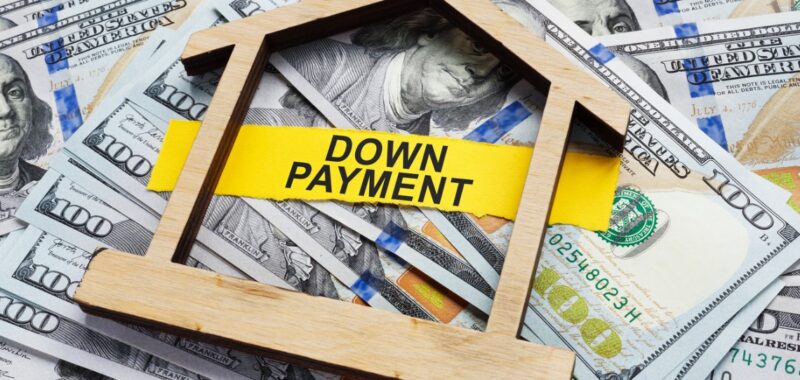Down payments noticeably increased during 2024, according to the latest findings from Realtor.com—the report states that 2024 saw the highest down payments in the history of this data being recorded.
In Q4 2024, the median down payment on a primary residence was $30,250, up from $24,000 in Q4 2021. As a percentage, the average primary residence down payment as a percentage of purchase price also increased to 14.4%, compared to 12.7% in Q4 2021.
These numbers are slightly down from the historical peak of primary residence down payments in Q2 2024—15.1% of purchase price, $32,700.
The report states that, as the housing market is not projected to see a major shift in coming months, down payment trends will likely persist into 2025. What does that housing market look like?
Realtor.com, backed by other sources such as Bright MLS, stated in this report that the housing market is currently tilted in favor of high-end transactions. The report specifically cited how home sales in the $750,000-plus price range increased annually by 7.4% during 2024. Conversely, 9.3% fewer homes priced under $750,000 sold in 2024 compared to 2023.
While “modest down payments” (the type typically paid by first-time homebuyers) were also up in 2024, they fell below the pandemic peak. The 30th percentile down payment, which the release defined as a “good proxy” for the “modest” down payment, was $8,200 during Q4 2024. This was up 6.5% annually, but down from the peak of $10,300 during Q2 2022. (Pre-pandemic, the “typical” modest down payment was $4,600.)
“Today’s home sales are skewed toward higher-end homes, and this means larger down payments from more financially prepared, high-earning buyers as entry-level and lower-earning buyers sit out,” said Danielle Hale, chief economist at Realtor.com, in the report’s press release. Hale also noted that these record down payments occur in spite of increasing inventory creating a more even market.
Another reason the report cited for rising down payments is pandemic-era saving. The report stated that, following the onset of the COVID-19 pandemic, consumers saved more than 30% of disposable income. That saving number then remained elevated for 20 months. For comparison: three years prior to the pandemic, consumers reportedly saved about 6.5% of disposable income.
The report noted the correlation between saving levels increasing and how the median down payment is about twice of what it was pre-pandemic. While consumer saving levels have declined, the report projected that buyers who accumulated during the high-savings era and built “near-record high existing home equity” should be able to leverage that toward high down payments.
Mortgage rates, which have remained high in recent weeks, also incentivize homebuyers to choose a high upfront cost in a down payment.
“Higher mortgage rates give homebuyers good reason to limit their loan size and interest costs, by putting more down upfront. As long as the market remains tilted toward buyers who are less sensitive to home prices and mortgage rates, down payments are likely to remain relatively high,” added Hale.
For the full report, click here.

